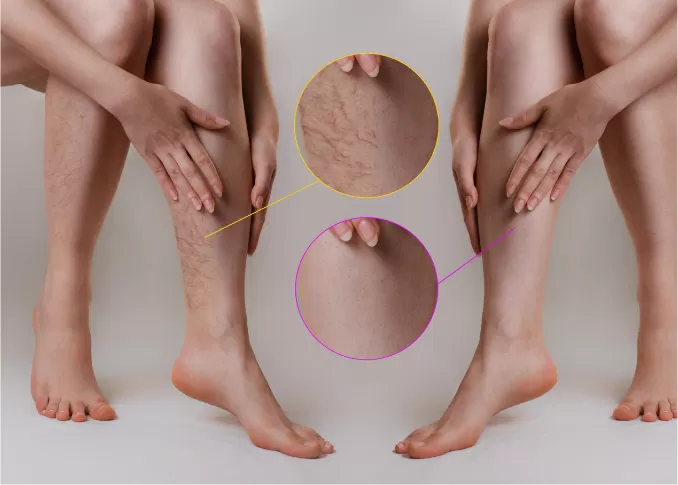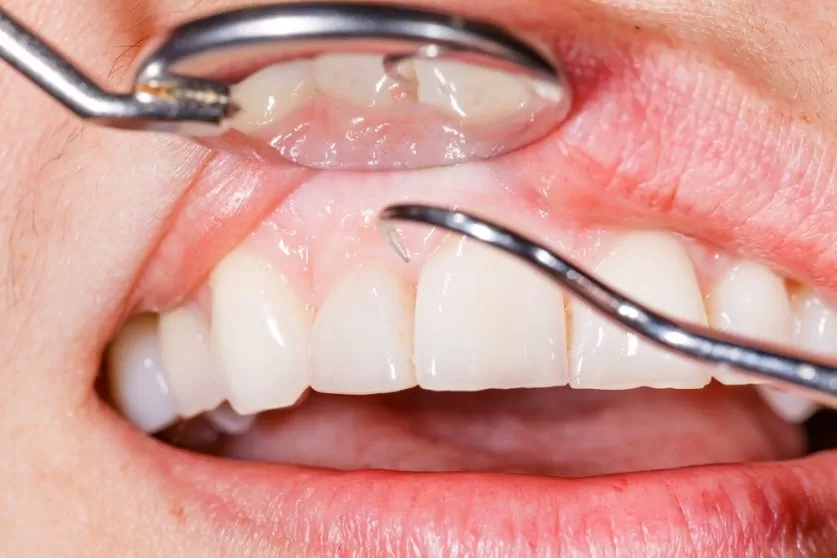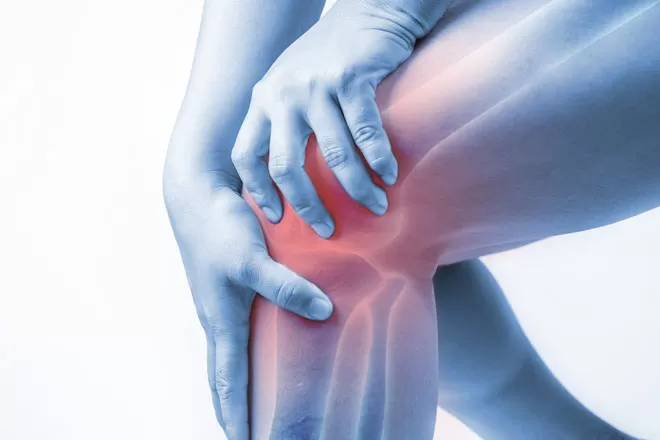Hex Bar Deadlift vs. Barbell Deadlift: Which is better for you?
The hex bar deadlift has long been the ugly stepsister of the barbell deadlift. But while everyone was busy judging the hex bar, people were using it to get stronger and leaner faster than they ever could with their old form of deadlifts. What’s so great about the hex bar deadlift? The answer to that question depends on who you are and what your goals are, but before you make up your mind about the hex bar, there are some things you should know about it.
Why using a hex bar deadlift can benefit your body
You probably already know that deadlifting can be an effective, low-impact workout. But did you know that using a hex bar deadlift can provide even more benefits than regular barbell deadlifts? What are hex bar deadlifts and how do they differ from normal deadlifting with a traditional straight bar? Hex bars are great tools to use if you’re training in a facility where there aren’t multiple standard weight bars available at once, or if your gym only has one or two (in which case they’ll likely be in high demand). Because they’re shaped differently than traditional straight bars, hex bars give your back extra support while still allowing greater range of motion.
Why using a barbell deadlift can benefit your body
The barbell deadlift works more muscles at once than a hex bar deadlift and because it’s similar to a squat, it can be very good for your core muscles as well. However, keep in mind that if your back isn’t strong enough to hold up heavy weights while performing a barbell deadlift, then it may be beneficial to use a trap-bar instead of using heavy weights. Not only will it help prevent injury, but even light trap-bar deadlifts are still really effective! If your goal is to build muscle in your legs and improve core strength, focusing on heavy sets of 5 or fewer reps will work best; otherwise focusing on higher repetitions with lighter weight would be better suited for improving strength and speed.
How to use each exercise properly
Each exercise has different benefits, so it’s important to understand when and how to use each one properly. We’ll tackle barbell deadlifts first, since they tend to be more popular than trap bar deadlifts among weightlifters. With a barbell deadlift, it’s easy to start with too much weight, which can cause injury and potentially ruin your lower back if your form isn’t perfect (not impossible but difficult). Therefore, we recommend that novice lifters use a light-to-moderate weight at first and increase gradually from there as strength improves.
The benefits of using both exercises together
Although hex bar deadlifts are great, there’s a reason why most gyms in your area offer barbell deadlifts—there’s a reason that that exercise has been around for decades and hasn’t gone anywhere. The hex bar deadlift is a way to work your back without putting as much stress on your joints as normal dead lifts, but it doesn’t give you as much of an all-around workout. If your goal is overall strength training and muscle building, then incorporating both variations into your weekly routine will make sure that doesn’t happen; it’ll allow you to work out with more intensity without risking injury or straining too many muscles at once.

















